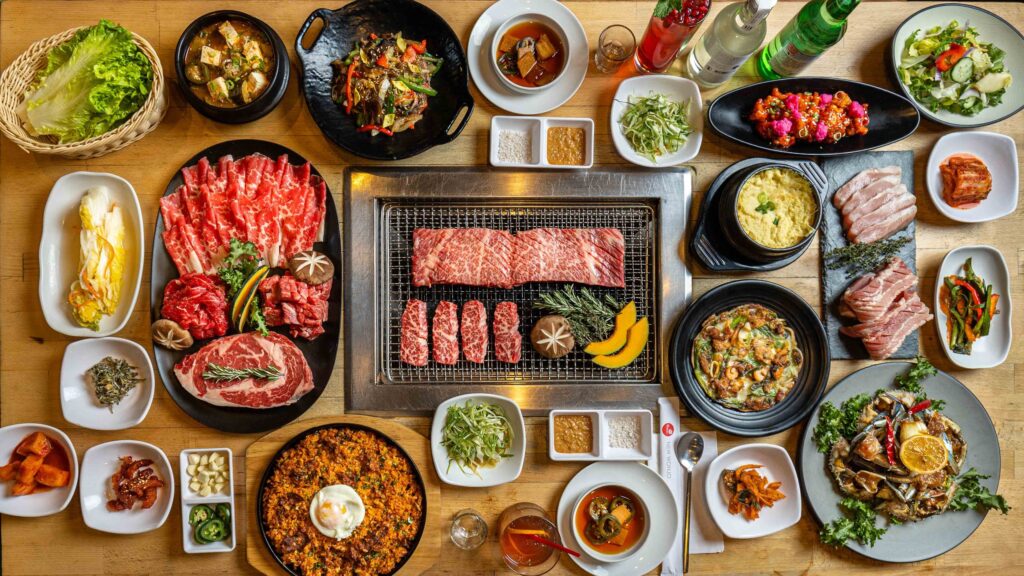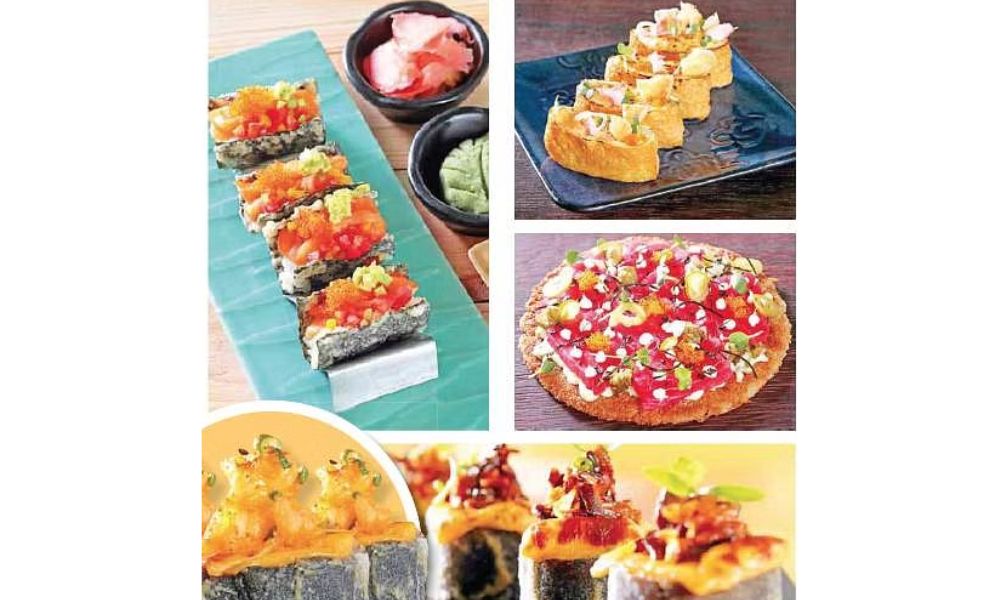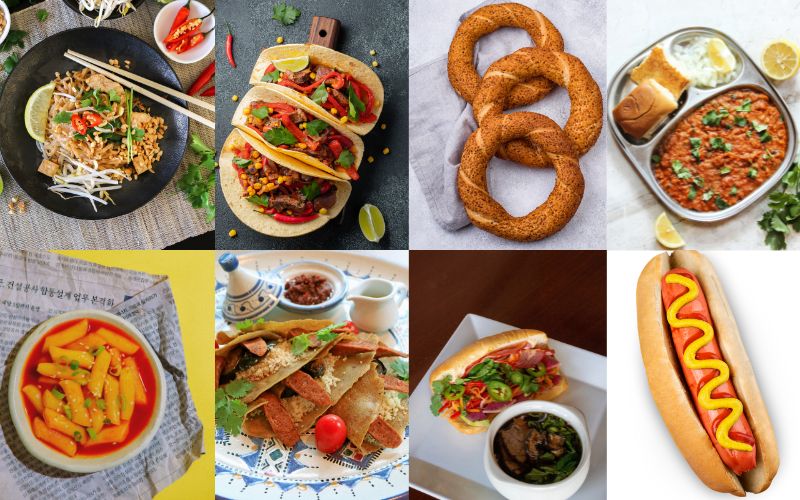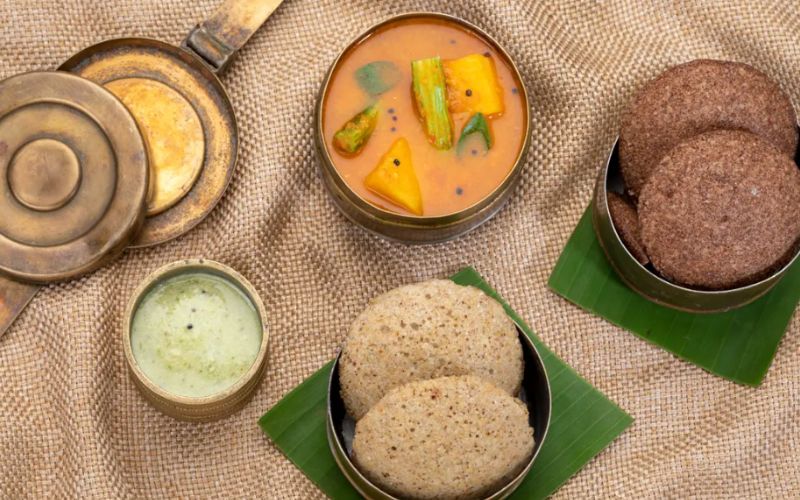The United States is not just a melting pot of cultures but also a treasure trove of diverse and iconic foods. From coast to coast, American cuisine offers an incredible array of dishes that reflect the country’s rich history and regional flavors. Whether you’re exploring the bustling streets of New York, the beaches of California, or the heartland of Texas, these quintessential American foods should be on every backpacker’s radar. Here’s a guide to some of the best American dishes that you simply can’t miss.
1. Burgers: America’s Comfort Food

When you think of American food, burgers are probably at the top of the list. This classic dish is served everywhere—from roadside diners to gourmet restaurants. Whether you opt for a simple cheeseburger or a fully loaded creation with bacon, avocado, and onion rings, you can find amazing burgers in nearly every corner of the country. Don’t forget to pair it with fries and a milkshake for the full American experience!
Top Spot to Try: Head to Los Angeles to visit In-N-Out Burger, a West Coast legend, or stop by Shake Shack in New York City for a modern take on the classic burger.
2. Barbecue: A Southern Tradition

If you’re traveling through the southern United States, sampling authentic barbecue is a must. BBQ in the U.S. varies by region—whether it’s Kansas City’s sweet and tangy sauces, Memphis’ dry-rubbed ribs, or Texas’ smoky brisket, you’ll be in for a treat. Barbecue is more than just food; it’s an experience that involves slow-cooked meats and bold flavors, often enjoyed with cornbread, coleslaw, and baked beans.
Top Spot to Try: Texas is the barbecue capital of the world. Check out Franklin Barbecue in Austin for mouthwatering brisket that will blow your mind.
3. Mac and Cheese: The Ultimate Comfort Dish

Macaroni and cheese is a beloved comfort food that has become a staple in American households. Made with pasta smothered in creamy cheese sauce, it’s both simple and satisfying. Whether baked with breadcrumbs on top or made stovetop with a rich, velvety texture, mac and cheese is the ultimate dish to warm you up on a cold day.
Top Spot to Try: If you’re in the South, look for gourmet mac and cheese variations at soul food restaurants. Atlanta’s Busy Bee Café serves a version that’s hard to beat.
4. : America’s Street Food Classic

Another iconic American dish, the hot dog, is a street food favorite that dates back to the early 20th century. Whether you’re at a baseball game or exploring the city streets, grabbing a hot dog is a quick, affordable, and tasty option. You can find them topped with everything from mustard and relish to chili and cheese, depending on where you are in the U.S.
Top Spot to Try: For a classic hot dog experience, visit Nathan’s Famous on Coney Island in New York or try Chicago-style hot dogs, loaded with tomatoes, pickles, and onions.
5. Buffalo Wings: Perfect for Game Day
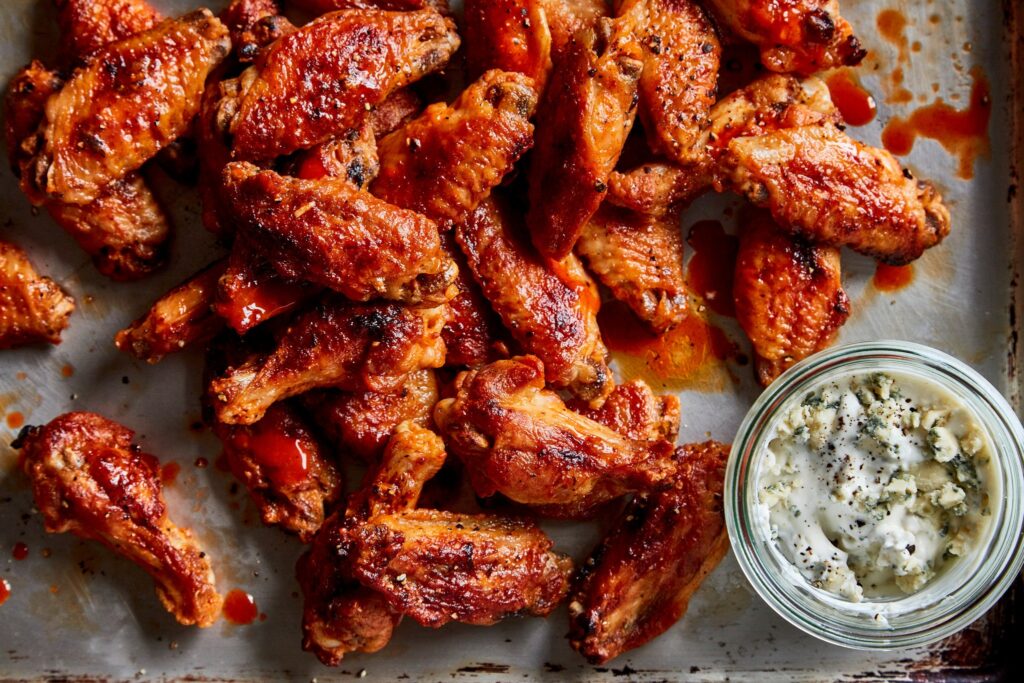
Invented in Buffalo, New York, Buffalo wings are fried chicken wings coated in a tangy, spicy sauce and typically served with celery, carrots, and blue cheese dressing. They’re the go-to snack for sports fans and a staple on game day menus across the U.S. Whether you like them spicy, mild, or somewhere in between, wings are a crowd-pleaser you won’t want to miss.
Top Spot to Try: Anchor Bar in Buffalo, New York is the birthplace of the Buffalo wing. Stop by to taste the original recipe, or check out any sports bar in the country for great wings.
6. Clam Chowder: New England’s Signature Soup
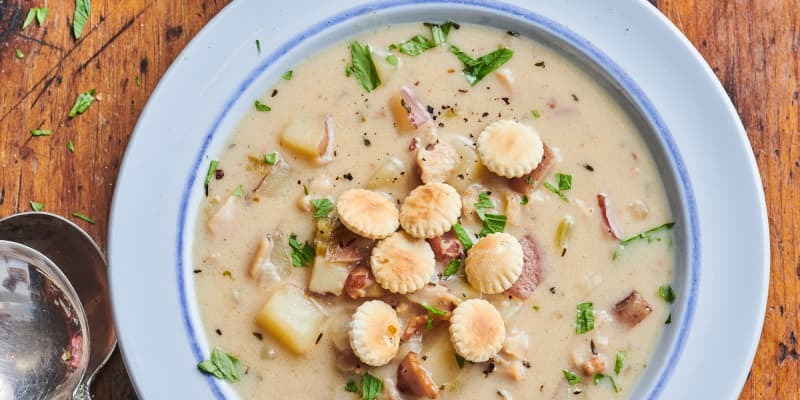
If you’re exploring the East Coast, particularly in New England, clam chowder is a must-try dish. This creamy soup is made with clams, potatoes, onions, and celery, often served in a bread bowl for extra warmth on a chilly day. The flavors are rich and comforting, perfect after a day of exploring coastal towns.
Top Spot to Try: Boston’s Union Oyster House serves some of the best clam chowder in the city, or head to any seafood shack along the coast for a bowl of this hearty soup.
7. Deep-Dish Pizza: Chicago’s Cheesy Delight

While New York is famous for its thin-crust pizza, Chicago boasts its own unique take on this classic dish: deep-dish pizza. With a thick crust and layers of gooey cheese, chunky tomato sauce, and hearty toppings, deep-dish pizza is more like a pie than a traditional pizza. It’s a rich, indulgent meal that will satisfy any pizza lover.
Top Spot to Try: Chicago is the place to be for deep-dish pizza. Head to Lou Malnati’s or Giordano’s for an authentic taste of this cheesy creation.
8. Pancakes: A Breakfast Staple

No American breakfast is complete without a stack of fluffy pancakes. Served with butter and syrup, pancakes can be found at almost every diner and breakfast spot across the U.S. Many restaurants also offer variations with added toppings like fresh fruit, whipped cream, or chocolate chips.
Top Spot to Try: The Pancake Pantry in Nashville, Tennessee is famous for its sweet and savory pancake combinations. Or, check out any IHOP for a classic American pancake breakfast.
9. Jambalaya: A Taste of Louisiana

For a true taste of the South, head to Louisiana and try jambalaya, a dish that combines rice with sausage, shrimp, chicken, and a mix of vegetables. It’s packed with spices and flavors that reflect the state’s Cajun and Creole heritage. This one-pot dish is hearty, flavorful, and perfect for adventurous eaters looking to try something new.
Top Spot to Try: Visit New Orleans to experience jambalaya at its best. Check out the famous Gumbo Shop or Mother’s Restaurant for authentic Cajun cuisine.
10. Apple Pie: The All-American Dessert

You’ve probably heard the phrase “as American as apple pie”—and for good reason. Apple pie is the quintessential American dessert, often served with a scoop of vanilla ice cream on top. The sweet, tart apples mixed with cinnamon and sugar, baked into a flaky pie crust, make for a comforting and nostalgic treat.
Top Spot to Try: Almost any diner in the U.S. will serve a slice of apple pie, but for a truly special experience, try a local bakery or café in New England, where apple orchards are abundant.
Discover America’s Flavors on Your Backpacking Journey
From burgers and barbecue to deep-dish pizza and clam chowder, America’s food scene is as diverse as its landscapes. Each region offers its own take on these iconic dishes, giving backpackers a unique opportunity to experience the country’s culture through its cuisine. As you travel across the U.S., be sure to indulge in these must-try foods that will leave you craving more.
Start planning your American food adventure now with Backpackersbro.com



